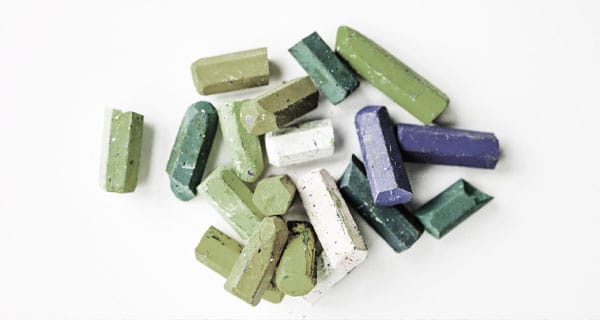
Used under a Creative Commons Licence
Do Your Trade Marks Pass the Sniff Test?
Move over logos and jingles; there’s a new trade mark contender in town: the humble (or not-so-humble) scent.
Crayola made headlines in 2024 by successfully registering its iconic “crayon scent” as a trade mark in the United States. But let’s be clear from the start—here in Australia, IP Australia won’t accept your scratch-and-sniff stickers for trade mark registration. If you want to protect a scent here, you’d better start brushing up on your descriptive writing skills because you’ll need words, not smells, to get the trade mark through.
Let’s have a look at the quirks of scent trade marks in Australia, and why these registrations remain so rare.
The Smell of Success: Crayola’s Trade Mark Journey
The first thing we need to say is that Crayola’s victory was anything but straightforward.
The U.S. Patent and Trademark Office (USPTO) rejected their application four times.
The problem, you might ask? The scent was deemed functional—merely a byproduct of crayon ingredients rather and therefore not a real brand.
But Crayola pushed back, arguing that the scent was a result of a unique manufacturing step, setting it apart from other crayons.
Their perseverance paid off, with the USPTO agreeing that the scent had acquired distinctiveness through its long-standing association with the Crayola brand.
Described as a “slightly earthy soap with pungent, leather-like clay undertones,” the crayon scent is now officially protected.
Scent Trade Marks in Australia: A Rare Breed
Australia allows for the registration of scent trade marks, but don’t get too excited—there are only two registered scent marks in the country. Yes, two.
The first is eucalyptus Radiata for golf tees.
The second is cinnamon for non-wood-based furniture.
While a number of scent trade mark applications have been filed in Australia, the rest have either been rejected or lapsed.
What Makes a Scent Trade Mark Registrable?
Before you start bottling your grandmother’s secret lavender cake smell, let’s talk about the hurdles.
Graphical Representation
You must describe the scent in words that are clear, precise, and easily understood. Forget poetic flair—“the fresh scent of a sunny morning” won’t do the trick. Think more along the lines of “the smell of vanilla.”
Distinctiveness
The scent must distinguish your goods or services. For example, the smell of coffee for coffee beans is a no-go (functional), but the smell of coffee for car air fresheners could work (if it is considered to be distinctive enough).
Cannot be functional
The scent must not serve a practical purpose. The natural smell of the product cannot be doe – the scent needs to stand apart, functioning solely as a brand identifier.
So you can see that scent trade marks face unique hurdles that other trade marks (like words and logos) don’t.
Australia is conservative with scent marks, but other countries have seen some colourful examples:
- Play-Doh (U.S.): A “sweet, slightly musky, vanilla fragrance with cherry overtones.” Sounds like nostalgia in a tub.
- Verizon (U.S.): A flowery musk scent pumped into their retail stores to create a distinctive shopping experience.
- Flip Flop Shops (U.S.): A coconut aroma designed to evoke a beachy vibe.
These examples highlight how brands use scents to deepen customer connections and enhance brand identity.
What Does This Mean for Australian Businesses?
If you think your product has a unique scent worth protecting, here’s what you need to know:
- Be prepared for a long and possibly frustrating process.
- Work with experienced trade mark lawyers like Sharon Givoni Consulting to draft a good description.
- Gather evidence showing the scent’s distinctiveness and association with your brand.
And remember: IP Australia doesn’t accept scratch-and-sniff samples!
Why Sharon Givoni Consulting?
Navigating the complexities of trade mark registration (especially for non-traditional marks like scents) requires expertise. At Sharon Givoni Consulting, we excel in helping clients turn their unique ideas into valuable assets. With over 25 years of experience and a focus on plain English, we make the law accessible, whether it’s registering a scent, sound, or any other kind of trade mark.
If you’re considering registering a trade mark or want to learn more about protecting your intellectual property, get in touch with us.
Please note the above article is general in nature and does not constitute legal advice.
Please email us info@iplegal.com.au if you need legal advice about your brand or another legal matter in this area generally.


